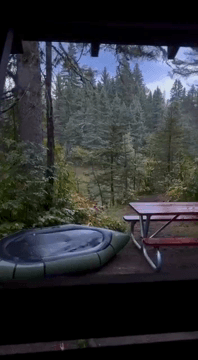
Moose 2023 bathurst nb canada
Post: 16 October 08:52

Post: 16 October 08:52

Post: 27 October 09:06

Post: 26 October 09:24

Post: 16 May 07:35

Post: 11 July 13:01

Post: 19 May 12:55

Post: 31 July 14:15

Post: 18 November 20:09

Post: 14 August 11:28

Post: 21 May 13:01

Post: 8 June 21:01

Post: 8 May 13:51

Post: 29 October 09:21

Post: 20 August 08:31

Post: 14 August 16:03

Post: 19 September 17:48

Post: 30 July 06:50

Post: 31 July 12:07

Post: 20 August 12:00

Post: 20 August 09:00

Post: 14 August 11:30

Post: 14 August 14:52

Post: 30 July 09:17

Post: 31 July 09:08

Post: 30 July 13:38

Post: 30 July 12:45

Post: 14 August 14:51

Post: 14 August 12:41

Post: 30 July 07:12

Post: 30 July 14:08

Post: 30 July 08:40

Post: 31 July 07:12

Post: 4 August 07:29

Post: 30 July 08:11

Post: 9 June 10:58

Post: 25 November 10:52

Post: 18 September 12:06

Post: 9 March 14:35
Post: 19 September 10:21

Post: 30 January 00:19

Post: 25 January 19:45

Post: 25 August 13:01

Post: 6 October 14:46
Post: 29 November 09:27

Post: 24 October 18:00

Post: 3 January 18:34

Post: 9 June 09:22

Post: 10 June 17:45

Post: 9 July 09:05

Post: 9 June 11:27